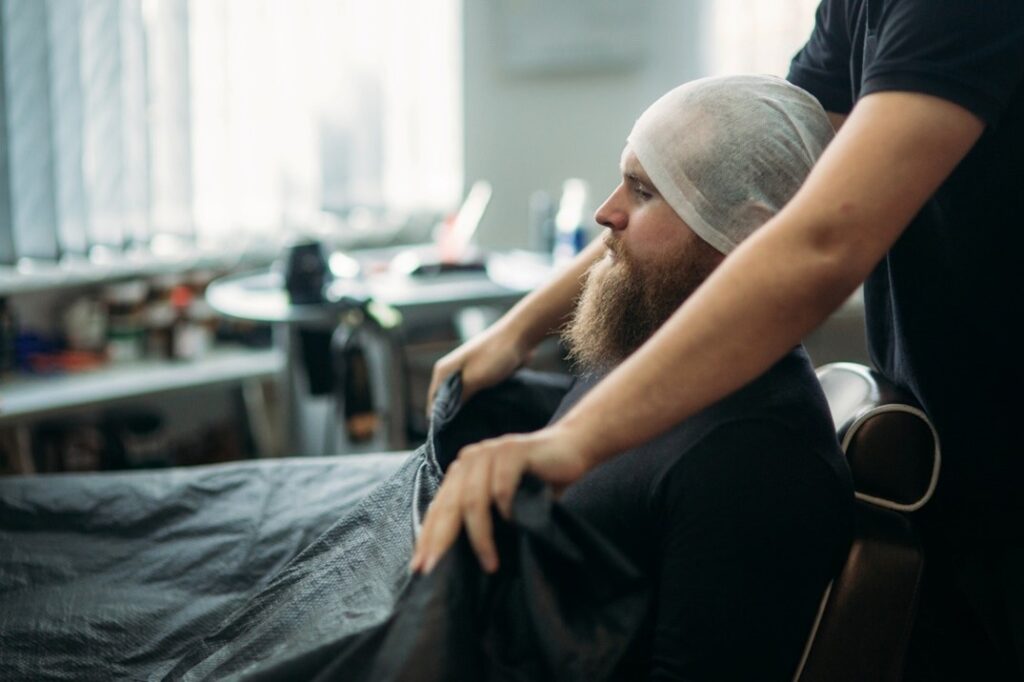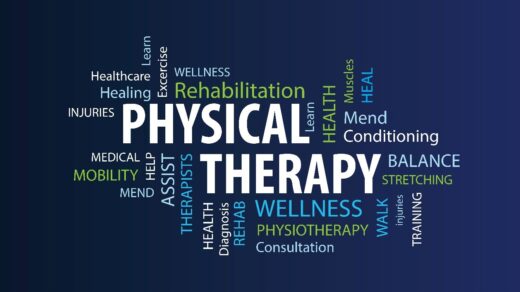
The battle against cancer is an arduous odyssey, one that inflicts its own harrowing toll. Yet, when the treatment itself compounds the struggle, it’s an added burden that no one should bear. Patients, their devoted families, and compassionate physicians all share the fervent desire to witness a return to normalcy as swiftly as possible. The good news is that, in numerous ways, this aspiration can become a reality.
In this article, MedRehab Alliance explains how cancer patients can regain mobility and pain relief to aid in a better quality of life.
Resilience in the Face of Adversity: Overcoming Cancer’s Impact on Motivation and Purpose
In a field inundated with heartbreaking realities, even seasoned doctors grapple with the immense challenge of delivering news related to cancer. This poignant truth underscores the profound impact of the disease, demonstrating its ability to affect even the most experienced and knowledgeable experts in the medical community.
When faced with the weight of devastating news, patients often find themselves at a loss for words. How does one begin to process such a monumental shift in their lives? Delving into the realm of behavioral changes in cancer patients, it becomes evident that emotions play the most pivotal role in shaping their journey forward.
An article by Cancer.org states that cancer treatments can disrupt protein and hormone levels, leading to fatigue and weakness. Moreover, surgeries can also leave patients in a state where they must recuperate.
Either way, enduring cancer is a turbulent road, and the medications and surgeries can impact a patient’s mobility, range of motion and muscle function.
But there are rehabilitation options. Such as:
Pain Management
Cancer patients are treated for pain management to reduce cancer and treatment related pains. These treatments can be provided by physical therapists, occupational therapists, speech language pathologists as well as physiatrists. Physiatrists are specially trained physicians who focus on whole body treatment for the musculoskeletal system and its pain causing disorders.
In some instances, patients are also encouraged to exercise to offset the damaging effects of the disease and treatment side effects, promoting physical and mental well-being.
Occupational Therapy
Occupational therapy helps those with cancer function with little to no assistance from caretakers. One way they can do that is through exercises – whether in pain or not.
Walking, for instance, can help patients travel without aid. Furthermore, lifting light weights can help the body regain strength. By regaining strength, cancer survivors can lift groceries or move furniture once again – with a reduced risk of injury.
However, patients won’t be able to do that without undergoing physical therapy beforehand.

Physical Therapy
In the journey towards independence, relearning to walk stands as a pivotal milestone. This transformation begins with the dedicated guidance of physical therapists. Within these sessions, patients embark on a comprehensive journey, mastering not only the art of walking, but also the essential task of fortifying weakened muscles.
Even seemingly mundane tasks like sitting down are reimagined as purposeful exercises. Through these efforts, individuals rebuild strength, restore balance, and refine muscle coordination, forging a path towards renewed vitality and self-reliance.
In addition, a person’s range of motion is also taught again to allow patients to move their limbs normally, restoring their ability to reach high surfaces or letting their instincts and reflexes kick in when protecting their body from falls.
However, it’s worth noting that every patient is different – there’s no timeline for how long it will take for a person to restore their function. Therapists and physicians also know this. And they’re dedicated to understanding each patient needing assistance in their recovery.
Summary
Cancer has already killed millions of people – but it shouldn’t kill a person’s motivation to live with the same enthusiasm about life before the disease.
Treatments, therapies, and rehabilitation activities may seem daunting to take part in, but these have been helping cancer patients live longer, happier lives.



